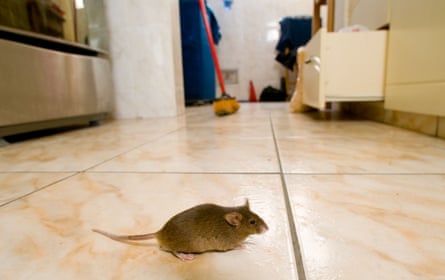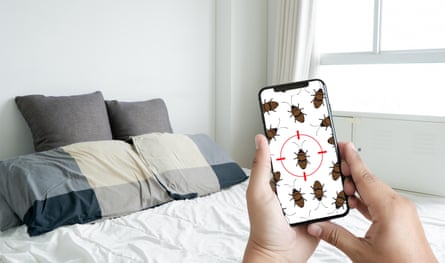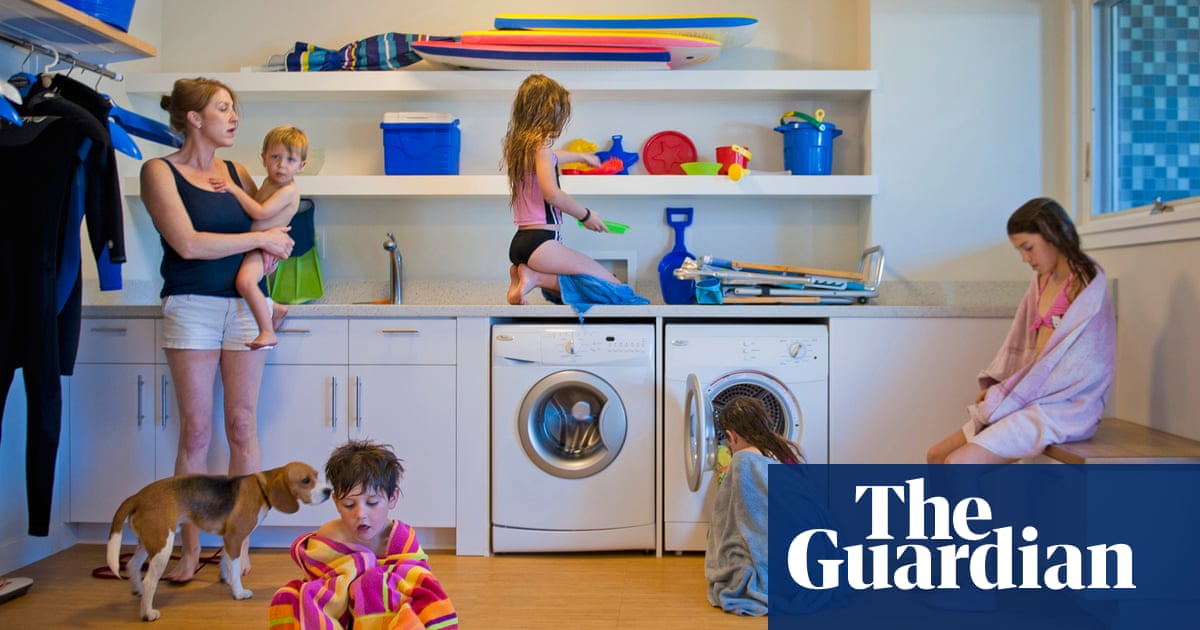Block entry
This is the time of year when unwanted visitors start making their way into our invitingly warm homes. We all have different tolerance levels but most of us don’t want rodents and bugs roaming round.
The best way to avoid having to deal with them is by taking precautions to prevent their arrival in the first place.
This will, of course, vary according to the species, but for rodents, one of the best starting points is to check in and outside your home for any gaps that a mouse or rat could come in through.
Note that mice can fit through holes as small as 6-10mm.
“You will need to fill any indoor or outdoor gaps, including around waste pipes, using rodent-proof materials, such as wire wool or metal plating, and fix with a suitable adhesive or screw.
“Or, in the case of an air brick, fix a purpose-built cover, or direct replacement may be more suitable,” says Niall Gallagher, the technical and compliance manager at the British Pest Control Association.
Keep the place spotless
A key prevention measure for most pests is making sure your place is clean and tidy – food left accessible is one of the main reasons rodents are attracted to people’s homes.

Aside from washing any bins (including recycling and food waste bins, as these can still be a food source, with excess fruit and vegetable peelings and similar falling out of bags), Gallagher recommends “making sure surfaces and cupboards are cleaned regularly, you’re not kicking crumbs under the kick plates, and that you are keeping food in rodent-proof containers”.
Cleanliness and managing food storage is also imperative in preventing other unwanted visitors, such as cockroaches, as is fixing leaks.
Check favourite places
Rats like to hang out in the loft, so rather than heading up there only twice a year to bring down those Christmas decorations and then put them back up again, Gallagher advises periodically checking the area for signs of rodents.
Beds are, of course, a key habitat for bedbugs, attracted to humans because of our body heat and the carbon dioxide we emit.
Every time you change the sheets, check for signs – such as live bugs, shed skins, fecal traces (black spotting) or eggs – in your mattress seams or around the bed frame.
Sarah Spratt, the owner of the pest control company The Bed Bug Queen, says hotspots are behind the headboard, under divans and at the ends and undersides of wooden slats.
So you do not bring them home with you from a trip away, Spratt recommends that you thoroughly examine any hotel room you are staying in before unpacking your case.
“Check the beds and the seams of the mattress before settling in,” she says.
“I always put my suitcase in the bathroom and fully strip the bed and check the bed frame.”
For those who are perhaps more relaxed and shorter on time, keep your suitcase as far away from the bed as possible.
Check any secondhand furniture for bedbugs before you buy it.
If you have pests, and are in rented accommodation, check your tenancy agreement and contact your landlord if it says they are responsible for dealing with them.
If they are, but have failed to act, contact the council. In which case an inspection may take place if it believes there could be a risk to your health or safety.
Those living in council properties should get in touch with the local authority, as these have their own pest control services.
Try natural methods
You may want to try humane and natural ways to get rid of any infestation. For example, some people swear by peppermint to deter mice, and cinnamon to put off rats.
For the peppermint deterrent, either soak cotton wool balls in peppermint oil (which, at the time of writing is £4.99 for 10ml at Superdrug), or mix two teaspoons of the liquid with a cup of water and place, or spray, at suspected entry points and nesting areas.

Do be careful if you have children or pets, as peppermint oil can be harmful to them.
There are also plug-in devices that emit ultrasonic waves that are inaudible to humans but unpleasant for various pests, which can be picked up for a few pounds.
When Julie*, who lives in Cornwall, had rats in her Victorian terrace house last year, she was determined to get rid of them ethically. She tried humane traps but to no avail – “they are very clever,” she says – so instead she “plugged all the holes with wire wool in the kitchen where we could see they were coming in and nibbling at the insulation”. She also sprinkled cinnamon – a strong pungent spice known to repel rats – near entry points, stored food in rodent-proof containers and removed any cables she thought they might be using to travel down.
“I blocked everything I could and created an environment that wouldn’t interest them,” she says. “A combination of blocking physical gaps, removing food sources and using ultrasonic pest repeller plugs stopped them coming back.”
Claire, who lives in Margate in Kent, says she takes a humane approach to handling any mice that enter her house. “We have been able to manage any mice that come through using humane traps, and leaving chocolate buttons and peanut better in them to entice them,” she says. “We tend to catch any quickly after that and drive them 10 minutes away and let them out.”
Buy treatment
If you venture down the DIY route, there are plenty of treatments available online and at supermarkets and hardware shops. However, do shop around, as prices vary greatly.
Do exercise caution: many chemical products can contain harmful ingredients, causing an allergic reaction.
Check to see if you need to wear appropriate safety gear, and keep harmful products away from children and pets.
When it comes to bedbugs, Spratt warns not to move the bed or mattress out of the infected room.
“You don’t need to throw your bed away,” she says. “If you drag it along the hallway, you’re going to infect the whole house.”
Organise a treatment plan
If you opt to get in a pest control company, Gallagher advises taking photos of any creature activity: “Collect evidence so we can detect if it is a rat or a mouse that has chewed that package, for example, and so we can identify the correct species.”
Once at the property, pest control will do an initial survey and look for ingress points. Treatment plans vary dependent on the visitor, but often involve filling in any holes and putting down traps of some kind.
Rates also vary but the online platform Checkatrade reports that the average UK cost for pest controllers to come out to handle a rat or mice problem would be £180.
This would include two visits – one to inspect the site and lay traps or bait stations, and a second to assess the situation and clear them away.
For bedbugs, Spratt advises avoiding over-the-counter sprays and smoke bombs. “These can cause the bugs to spread to avoid the chemical, and are often a weaker version than those used by pest control services, so they contribute to resistance in the bedbug population,” she says.

If you do use a company, she adds: “Make sure they do not chemically treat the room if no evidence is found. They must find live bedbugs, shed skins, black spotting or poo.”
Bedbug treatment plans can vary but usually involve a chemical treatment, in which steam can be added, or heat – using powerful heaters emitting temperatures above 55C – although Spratt says this can be a very expensive option.
If you want to try a temporary measure to reduce the number of bedbugs, use a vacuum cleaner. “It’s massively underestimated,” she says.
* Name has been changed

.png) 4 hours ago
4
4 hours ago
4

















































